Ten of the most unusual ocean fish
By Pictolic https://pictolic.com/article/ten-of-the-most-unusual-ocean-fish.htmlApparently, these are the funniest, creepy or strange creatures of nature. The chances of meeting most of them among diving enthusiasts tend to zero: almost all live very deep.
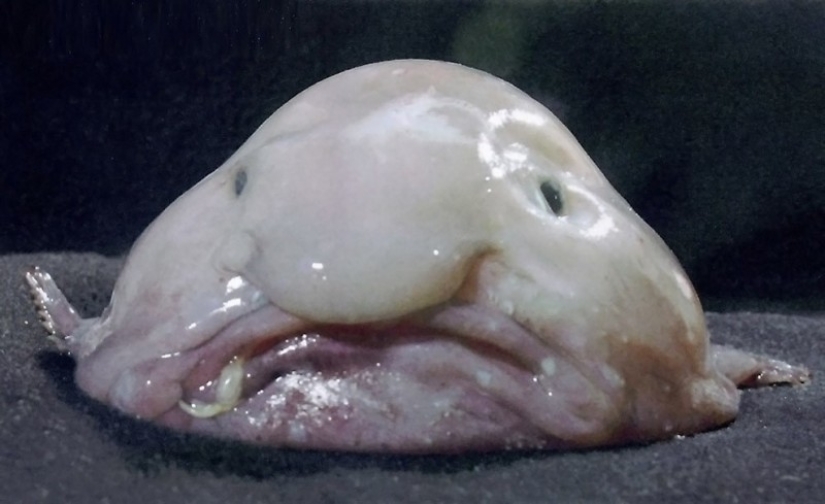

Oddly enough, it's a shark. This species of shark, called the shroud shark, was described in 1884 by American zoologist Samuel Garman. It is believed that the cape shark has not changed since its appearance in the Cretaceous period. As a rule, the shroud is found in the warm waters of the Atlantic Ocean and is occasionally found in the Barents Sea.
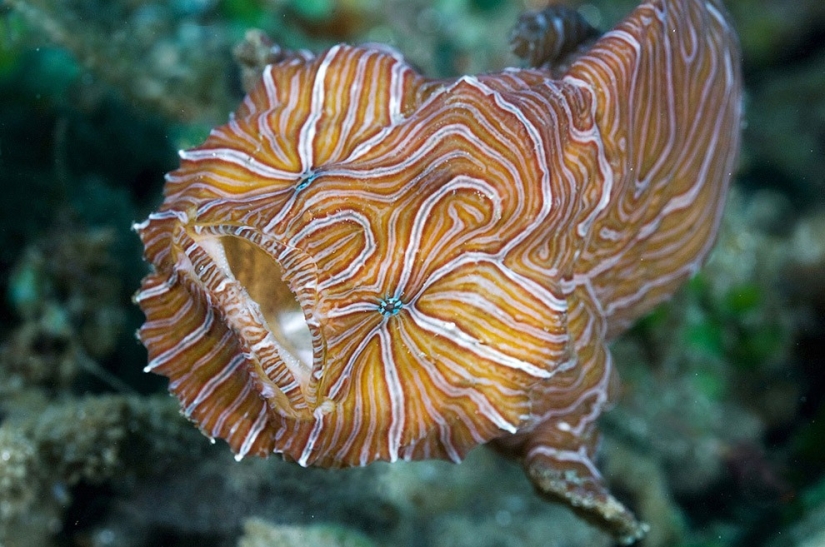
The frog fish was discovered in 2009. Unlike most fish, the frog fish swims, pushing off from the bottom with its pectoral fins, or crawls along the bottom, moving them like legs.
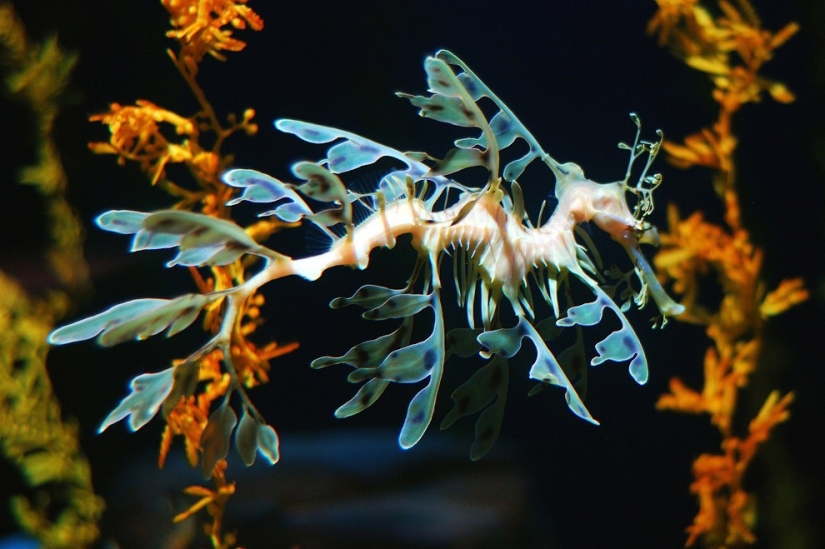
This ragpicker fish is difficult to spot among the algae, it is so well camouflaged. The ragpicker was discovered in 1865 in the Indian Ocean.
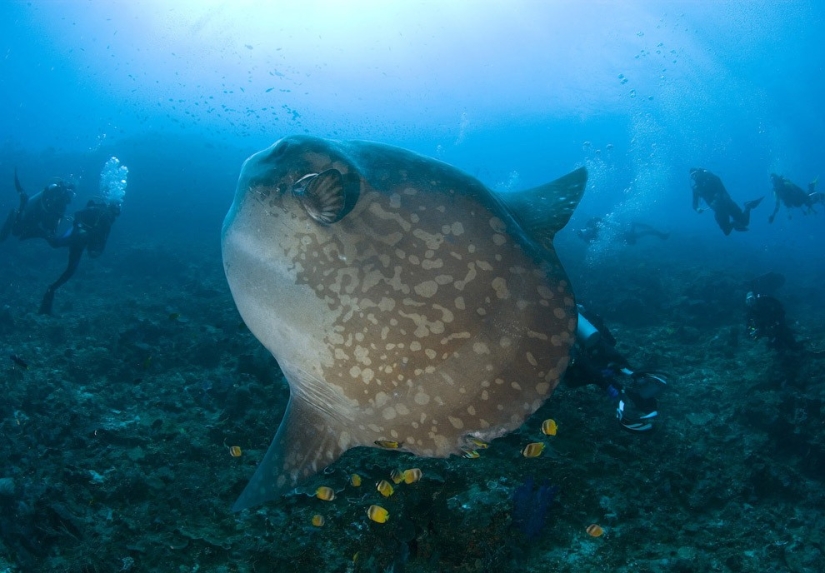
The moonfish was described in 1758. It can reach a size of several meters and weigh 2 tons. The moonfish is a poor swimmer: it can often be seen lying on its side on the surface of the water.
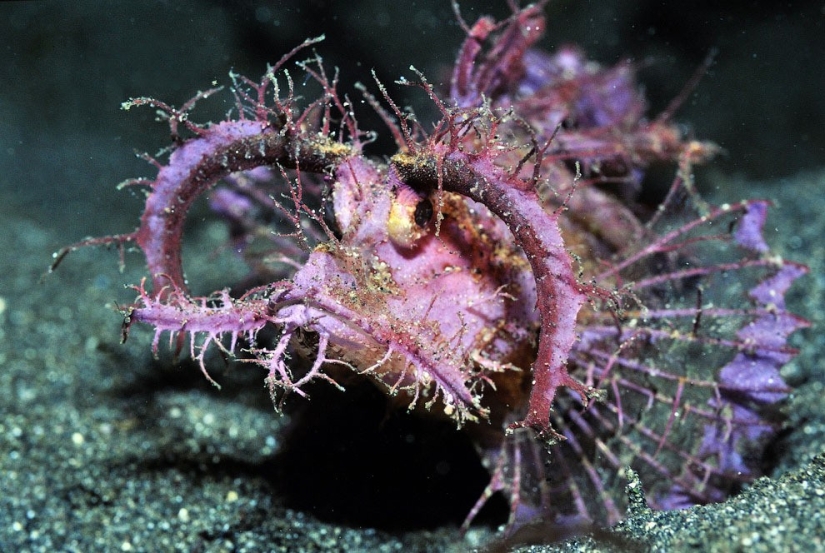
Ambron's scorpion was discovered in 1856. It can change color and fade. Unlike most representatives of the exotic ten, it is quite well studied and occurs shallowly, not diving below 35 meters in the waters of the Indian and Pacific Oceans near Indonesia and the Philippines.
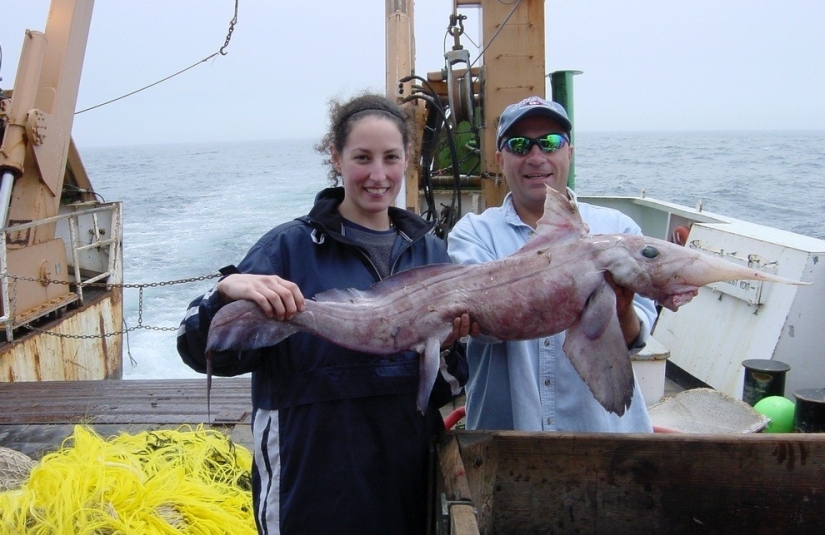
An extremely disgusting-looking chimera fish feeds on shellfish and lives on the bottom of the Atlantic Ocean. It was opened in 1909.
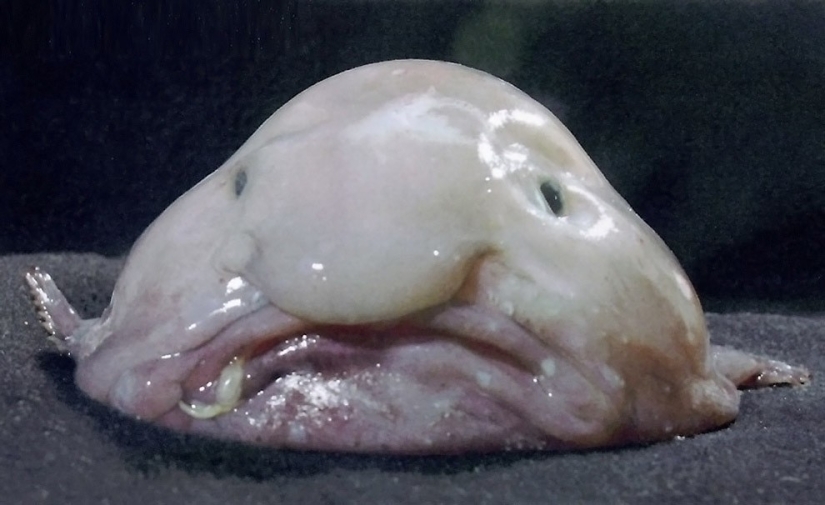
The dropfish was discovered in 1926. It lives only near Australia and Tasmania at a depth of up to 1200 meters.
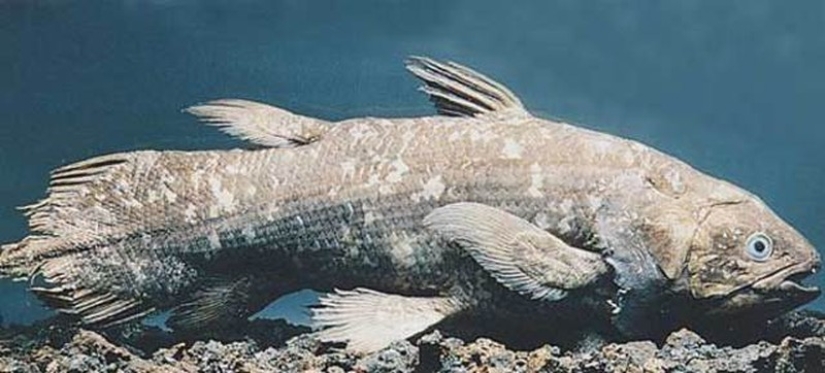
Two species of latimerias are known — Latimeria chalumnae, which lives off the eastern and southern coast of Africa, and Latimeria menadoensis, discovered and described in 1997-1999 near the island of Sulawesi in Indonesia. Perhaps the oldest living fish: the latimerians appeared 400 million years ago. Until the middle of the last century, latymeria was caught in quite large quantities, because it was mistakenly believed that their meat (completely inedible to taste) has antimalarial properties.
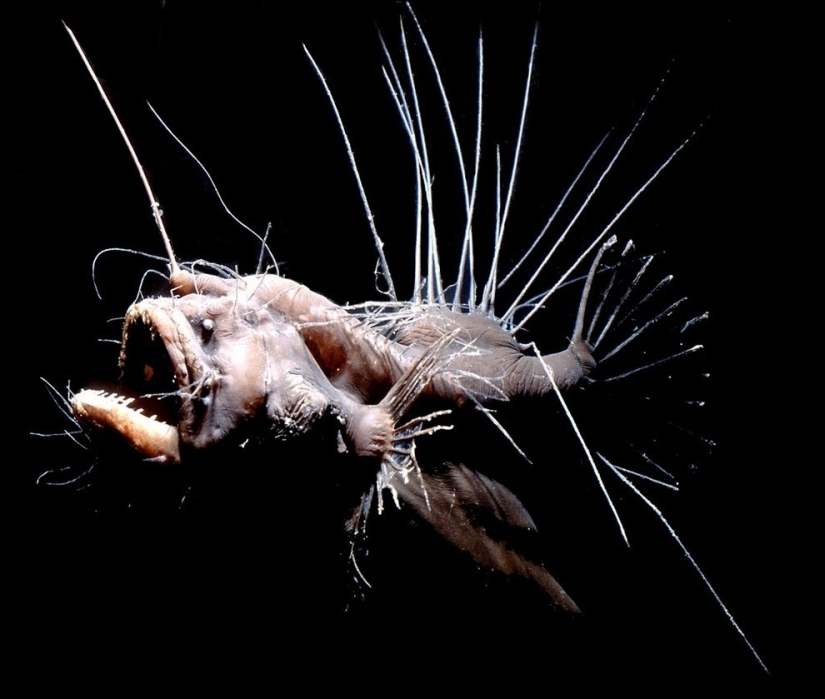
The hairy sea devil was discovered in 1930. It lives only at a depth of 1 km .
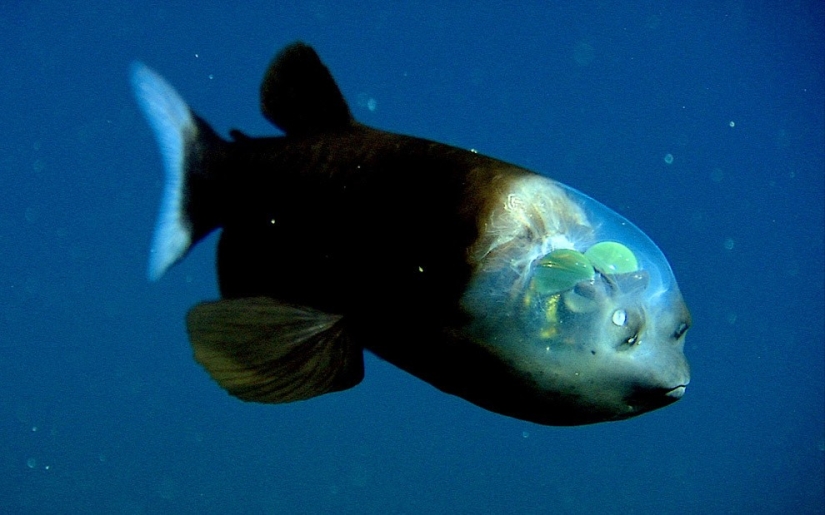
A small-mouthed macropinn with a transparent head and large upward-pointing eyes was discovered in 1939. It lives in the subarctic and temperate waters of the North Pacific Ocean: near the shores of northern Japan, the Kuril Islands, in the Bering Sea and near the west coast of Canada and the USA.
Keywords: Unusual | Ocean | Fish
Post News ArticleRecent articles

Different situations can happen in life — including, we may face danger when we least expect it. Users of the Reddit forum shared ...

Wild imagination is an essential quality of any artist. And the Dutch illustrator and graphic artist Redmer Hoekstra is also a ...
Related articles

If your mailbox is located outside, this is the first thing that catches your eye when someone comes to your door, whether it's the ...

You probably think now that this can not be, because we are used to the fact that wolves live in the woods and have nothing to do ...

Do you like to expand your horizons and learn something new all the time? Commendable! Then you've come to the right place. We have ...

Admit that in childhood you at least once took apart some mechanism to see how it works. And not only in childhood — many are ...